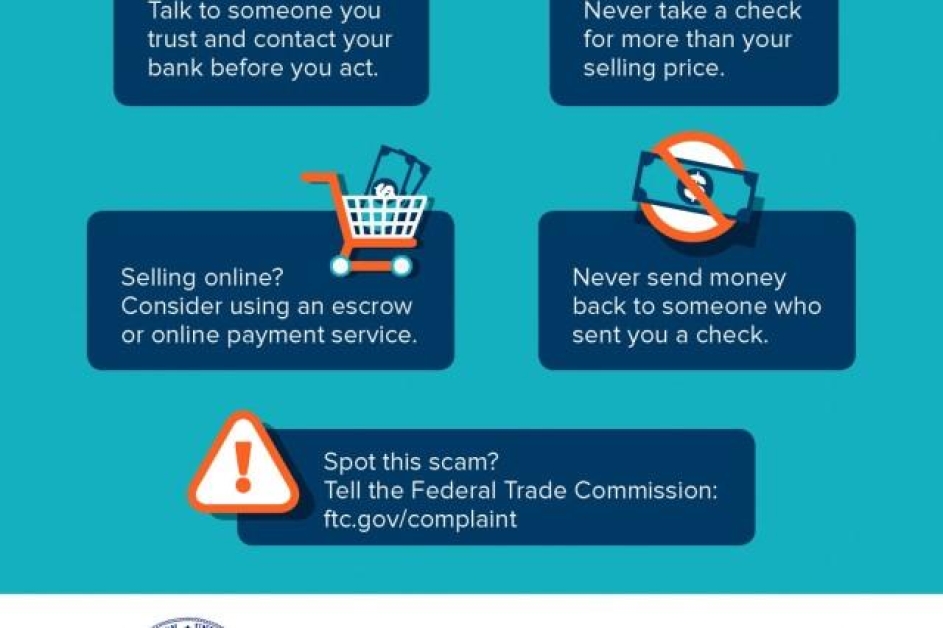In tough economic times, fake job postings become one of the most effective tools for scammers. In 2025, job seekers are encountering professional-looking ads on platforms like LinkedIn, Indeed, and even Craigslist. The postings promise high pay, remote flexibility, and quick hiring. But behind the enticing offer is a fraud designed to steal money or personal information.
Take the case of a recent college graduate in Texas who applied for what looked like a remote administrative role. The “recruiter” emailed back within hours, offering the position after a brief chat. A contract was sent, and the graduate was asked to buy office supplies using a check mailed to her. The check bounced, her bank account was frozen, and she was left with debt instead of a job.
These scams work by preying on desperation and trust. Victims are often asked to share Social Security numbers, driver’s licenses, or bank information for “direct deposit setup.” Others are tricked into money laundering schemes by moving funds on behalf of the fake employer. In 2025, AI chatbots are also being used to hold long conversations, making the scam appear even more authentic.
Warning signs include job offers that come unusually fast, employers who avoid video interviews, and requests for money upfront. No legitimate employer asks you to purchase supplies out of pocket. If a check arrives in the mail, treat it with suspicion. Scammers are counting on you to spend it before your bank confirms it’s fake.
Job seekers should research companies thoroughly. Call official HR departments to confirm listings, and look closely at email addresses. Slight variations—like .co instead of .com—are red flags. Protect your personal details until you’ve verified the legitimacy of the opportunity. The best defense is skepticism, patience, and remembering that if a job looks too good to be true, it probably is.
Fake Job Postings: How Scammers Trap Job Seekers
Learn how fake job postings trap victims in 2025 and how to protect your personal data during the job hunt.
